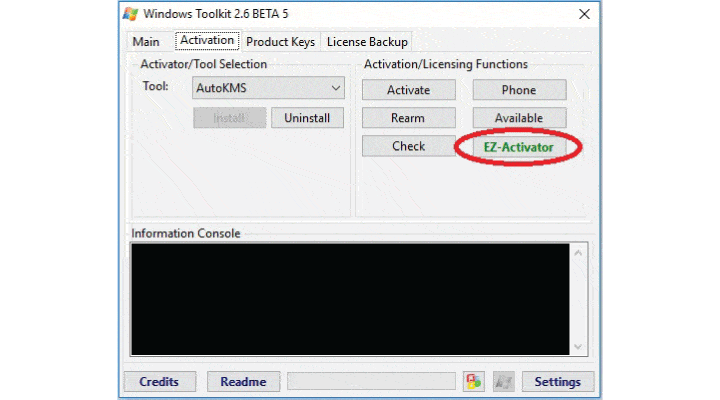
If you have six review aggregate questions in Track 1, and six in Track 2, with three questions the same in both Tracks, then the question that was at the end of the alphabet will be the one not visible, regardless of Track. If you have six review aggregate questions in Track 1, and five in Track 2, with three questions the same in both Tracks, then you will have eight columns shown. If you have six review aggregate questions in Track 1, and five in Track 2, but all of them are the same in both Tracks, except Track 2 is missing one, then six questions will show. It doesn't matter if the last three questions are in Track 1, Track 2, or spread across both. If you have six review aggregate questions in Track 1, and five in Track 2, again all different questions, then the last three questions at the end of the alphabet will not be visible. If you have six review aggregate questions in Track 1, and two in Track 2, and they are no duplicate questions in both tracks, then they all will show in the Chair Console. The below scenarios are for viewing aggregates in the Chair Console. Also, each grouping is in alphabetical order.įollow the same steps for a Multi-Track Conference as a Single-Track Conference. You can see the hierarchy in these 8 questions from left to right. If you use brackets and no parentheses, then those titles with brackets will be in the beginning columns. Braces will be third: This will put the questions after the first two grouping symbols, but ahead of ones without any grouping symbols – also in alphabetical order.Brackets will be second: All titles with brackets will appear after all titles with parentheses, but before braces, again in alphabetical order.Parenthesis ( ) come first: The title will appear in the beginning columns, in alphabetical order.Here is the hierarchy of the grouping symbols for CMT: If you want this question to appear in the columns, wrap the title in parentheses so it looks like this – (Years Active). Since there are only 8 columns, this will not be seen in the Chair Console. Grouping symbols are parentheses, brackets and braces and are used as they have a hierarchy.įor example, you have 10 value-questions with the last question, alphabetically, titled ‘Years Active.’ You can use grouping symbols to mitigate the column-order. This means if you have more than 8 value added questions, you will need to decide which ones will be shown on the Chair Console.Īdditionally, if the 10th question you want is at the end of the alphabet, even if it is question number 2 in the Review, it will not be visible in the Chair Console. These columns are shown in alphabetical order according to the review question.


There is a maximum of eight review-aggregated columns that are able to be shown in the Chair Console. In this example we have three valued-questions.Īll three questions show in the Chair Console. Once the Reviewer completes the review of a paper, the Chair will be able to see the review values in the Chair Console. Related: Review Questions Reviews Completed Go to the Review settings page and select 'Show aggregate columns.' Save the changes.These aggregate values can also be configured to show in the Meta-Reviewer Console as well. The answers, in turn, show up as a numeric value in the Chair Console. The Reviewer answers these questions when giving their review of their assigned paper.

The Chairs may want to see an aggregate of answers to valued-review questions in the Chair Console.Ī valued-review question is a review question with a weight assigned to multiple choice answers. CHAIR HOW-TO: Manage Review Aggregates OVERVIEW


 0 kommentar(er)
0 kommentar(er)
